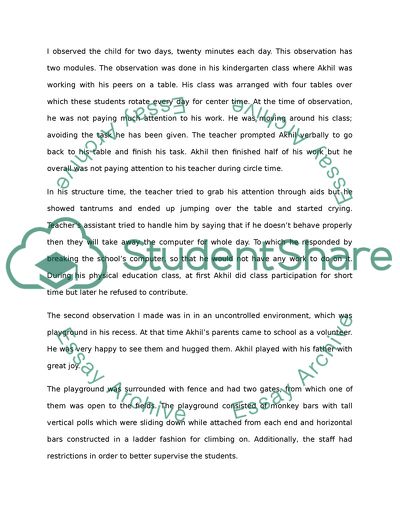Cite this document
(Child Behavioral Development Coursework Example | Topics and Well Written Essays - 2000 words, n.d.)
Child Behavioral Development Coursework Example | Topics and Well Written Essays - 2000 words. Retrieved from https://studentshare.org/social-science/1744490-child-development
Child Behavioral Development Coursework Example | Topics and Well Written Essays - 2000 words. Retrieved from https://studentshare.org/social-science/1744490-child-development
(Child Behavioral Development Coursework Example | Topics and Well Written Essays - 2000 Words)
Child Behavioral Development Coursework Example | Topics and Well Written Essays - 2000 Words. https://studentshare.org/social-science/1744490-child-development.
Child Behavioral Development Coursework Example | Topics and Well Written Essays - 2000 Words. https://studentshare.org/social-science/1744490-child-development.
“Child Behavioral Development Coursework Example | Topics and Well Written Essays - 2000 Words”. https://studentshare.org/social-science/1744490-child-development.


